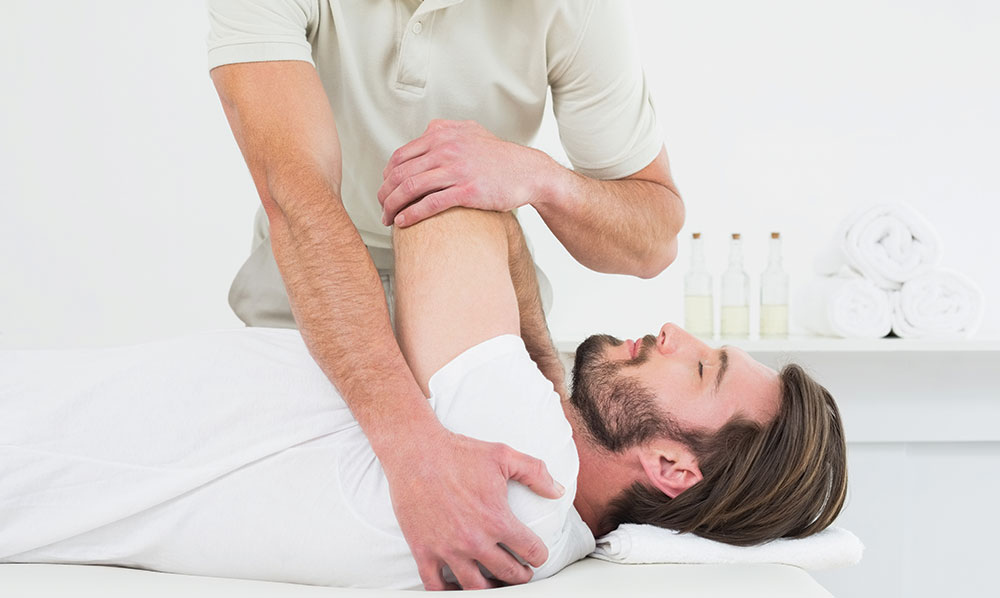
Treatment of Foot Extensor Tendonitis – when you are mild to moderate extensor tendonitis you can treat it with anti-inflammatory drugs and increasing the swelling with ice or cortisone. If the pain is unbearable, you can use self-massaging with an ice pack or some self-massage tool.
When the tendonitis has disappeared, you can run again without pain because the muscle is no longer inflamed. However, if you have severe joint pain, you may need surgery.
Extensor tendonitis can occur anywhere on the foot. The main cause is excessive stress or excessive wear on the ligaments or tendons. For athletes, this type of injury can be even more problematic because they often run or do a lot of activities on their feet. This can damage the tendons.
When a tendon is stretched, the tissue around the tendon can rupture. The symptoms of this condition are as follows: swelling, redness, and irritation of the affected area, soreness to touch, and clicks when walking.
Foot pain caused by this problem can last for many weeks. If left untreated, it can become serious and cause deformity and permanent damage to the foot. The pain usually starts in the heel or arch of the foot and can spread to other areas.
Extension tendonitis can occur suddenly or gradually. This is why it is important to take action when symptoms appear.
Chronic extensor tendonitis is characterized by recurrent pain and swelling. Symptoms may start with mild pain in the heel and arch of the foot, but later develop into pain in the lower part of the foot.
A doctor may prescribe Imodium medicine to relieve pain, but this cannot fix the problem permanently. In severe cases, surgery is the only option. If the pain is acute, your doctor may also recommend physical therapy.
Physical therapy helps the patient to strengthen the muscles around the injured area. This helps you regain mobility and increase your range of motion. It also relieves the pain.

Physical therapy doesn't just work to ease the pain, but it also keeps the foot strong and prevents any further injury from developing
Most people who use the physical therapy program see improvements right away.
Physical therapy also includes stretching, ice, ultrasound therapy, swimming and ultrasound. therapy, along with the natural remedies will help you recover from the pain and inflammation. of the tendon. The physical therapy program can also help you build up your strength.
Exercises are included in the physical therapy. The most popular exercises calf raises, leg curls, reverse knee raises and shin splints.
The exercises should be performed at least once a day for the first few weeks. After the first few days, increase your exercise sessions if you want to build up strength and speed in your leg muscles.
The physical therapy program should include warm up and cool down periods. These periods should be followed by a good stretching session. A good stretching routine will allow you to increase your flexibility and improve your range of motion in the affected area.
Warm-up stretches are performed before doing any type of activity. When you have completed your exercise, you should do some stretching to prevent injury.
Ice should be applied on the affected areas several times a day. and then removed after about thirty minutes. After this, you should use a cold compress to reduce the swelling.
A good way to warm up is by doing exercises that increase your range of motion. When you have completed these exercises, you should rest for a few minutes and then repeat them in a different order.
Your physical therapist can also suggest massage as a way to help relieve your pain. This type of massage can be done with your hands or a massaging tool like a loofah or a steamer.
Physical therapy can help you recover from extensor tendonitis. and stay healthy.
Leave a Reply